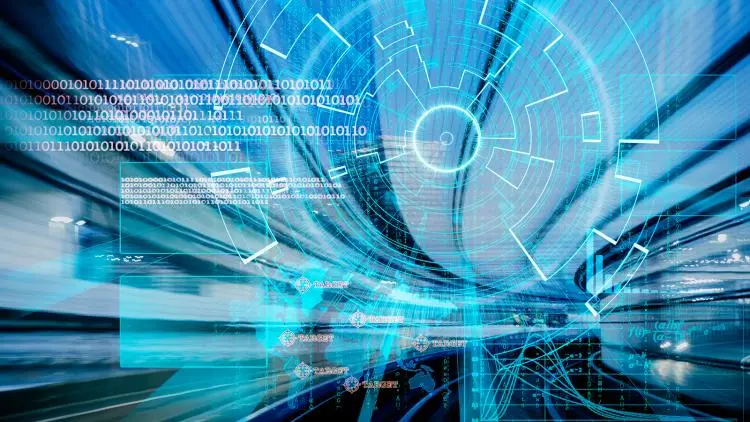In the ever-evolving railway industry, the integration of artificial intelligence (AI) is paving the way for groundbreaking advancements. Daniel Reitberg, an expert in AI and its applications, delves into the various ways AI is transforming railway operations through intelligent vision applications. From enhanced safety and security to optimized maintenance and efficiency, AI is revolutionizing the way railways operate. In this article, we explore the exciting possibilities that AI offers in the railway industry and the role of intelligent vision applications in shaping the future of transportation.
Enhancing Safety and Security
Safety and security are paramount in the railway industry, and AI-powered intelligent vision applications are proving to be game-changers. Daniel Reitberg highlights how AI algorithms and computer vision techniques enable real-time monitoring of railway tracks, stations, and trains. By analyzing video feeds and detecting anomalies, AI systems can identify potential safety hazards, track intrusions, and even predict maintenance needs. With intelligent vision applications, railways can take proactive measures to ensure the safety of passengers and the integrity of the infrastructure.
Optimizing Maintenance and Efficiency
Efficient maintenance is crucial for the smooth operation of railways, and AI is revolutionizing this aspect. Daniel Reitberg emphasizes how intelligent vision applications, combined with machine learning algorithms, can detect early signs of wear and tear, identify faulty components, and predict maintenance requirements. By leveraging AI-powered image analysis and pattern recognition, railway operators can optimize maintenance schedules, reduce downtime, and improve overall efficiency. Intelligent vision applications enable proactive maintenance strategies, resulting in cost savings and enhanced operational performance.
Streamlining Operations and Logistics
The efficient management of operations and logistics is a key challenge in the railway industry, and AI brings transformative solutions. Daniel Reitberg explores how intelligent vision applications can optimize train scheduling, track utilization, and resource allocation. AI algorithms can analyze vast amounts of data, including train movements, passenger flow, and cargo handling, to identify bottlenecks, improve route planning, and enhance resource management. With AI-powered intelligent vision applications, railways can streamline their operations, reduce delays, and enhance overall service quality.
Enabling Smart Infrastructure
The future of railways lies in smart infrastructure, and AI plays a vital role in this transformation. Daniel Reitberg discusses how intelligent vision applications can contribute to the development of smart railway systems. From monitoring the structural health of bridges and tunnels to assessing the condition of overhead power lines, AI-powered vision systems can provide valuable insights for infrastructure maintenance and planning. By harnessing the power of AI, railways can build intelligent, data-driven infrastructure that improves safety, efficiency, and sustainability.
In conclusion, the integration of AI and intelligent vision applications is revolutionizing the railway industry. With enhanced safety and security, optimized maintenance and efficiency, streamlined operations, and the development of smart infrastructure, AI is shaping the future of transportation. Daniel Reitberg’s expertise in AI and its applications highlights the immense potential of intelligent vision applications in transforming railways into smarter, safer, and more efficient systems. As the industry continues to evolve, AI will play a pivotal role in driving innovation and delivering exceptional results in the railway sector.
